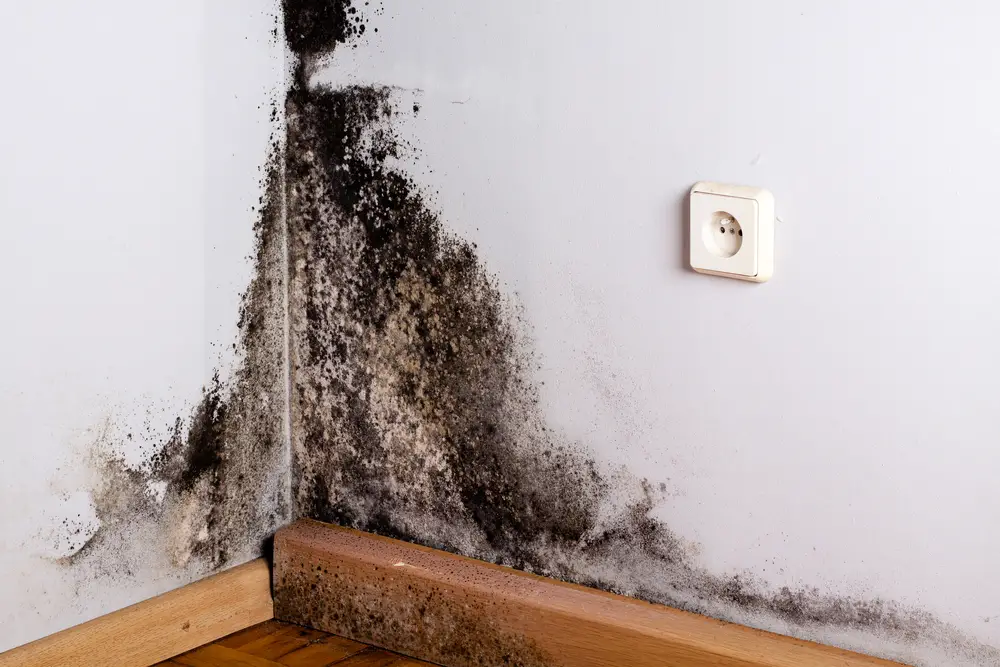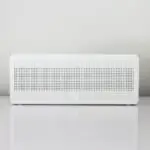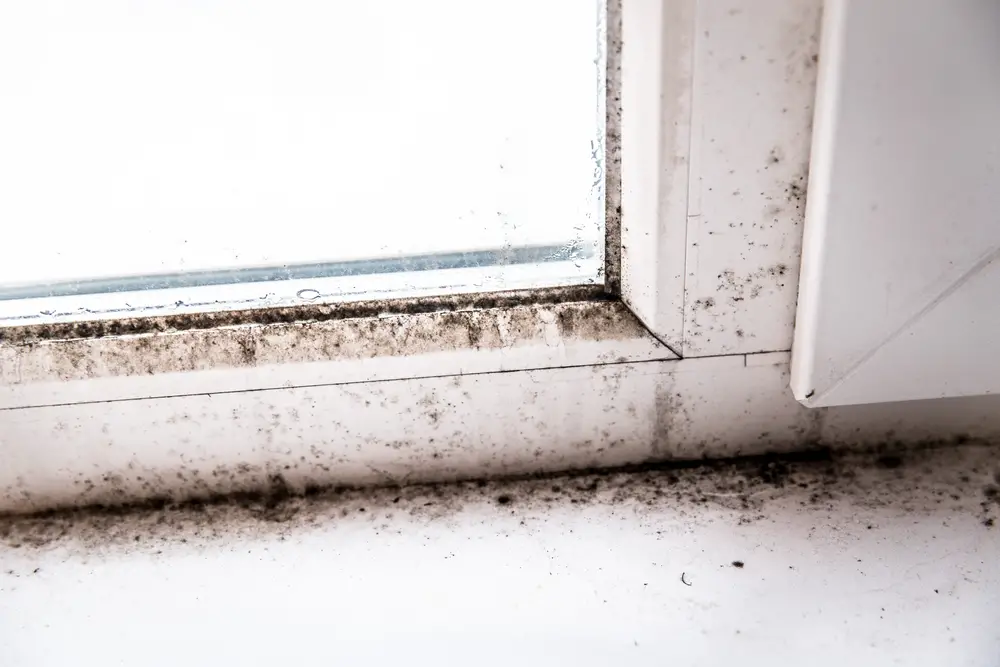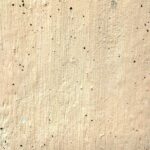Many of us spend a significant amount of time indoors, seeking solace and comfort, but are we aware of the potential dangers lurking in the air we inhale? Mold, a common household intruder, not only poses aesthetic concerns but also raises serious health risks and compromises the overall quality of the air we breathe.
Let’s delve deeper to understand the relationship between mold growth and indoor air quality, and uncover the steps we can take to create a healthier living environment for ourselves and our loved ones.
Mold and Air Quality
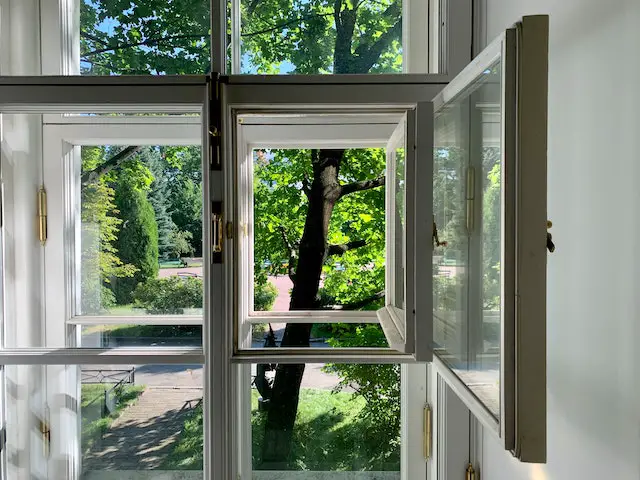
Mold is a type of fungus that can grow indoors and outdoors. It thrives in moist, humid environments, and it can produce allergens, irritants, and toxins that can affect your health.
Air quality is affected by the presence of mold spores in the air. Mold spores are microscopic, and they can be easily carried by air currents. When you breathe in mold spores, they can irritate your airways and trigger allergy symptoms, such as sneezing, coughing, and wheezing. In some cases, mold exposure can also cause more serious health problems, such as asthma attacks and respiratory infections.
Mold Exposure And Your Health
There is a growing body of research that suggests that mold exposure can also have a negative impact on your overall health. For example, studies have shown that mold exposure can increase your risk of developing allergies, asthma, and other respiratory problems. Mold exposure has also been linked to a variety of other health problems, including Eye irritation, Skin irritation, Headaches, Nausea, Fever, Chronic fatigue, Memory problems, and Concentration problems.
How to Improve Your Air Quality
If you are concerned about mold exposure, there are a few things you can do to improve your indoor air quality. First, it is important to identify and remove any sources of moisture in your home. This could include leaky pipes, condensation, or flooding. You should also ventilate your home regularly to help prevent mold growth. Finally, you can use an air purifier to remove mold spores from the air.

If you think you may have been exposed to mold, it is important to see a doctor. They can help you to determine if your symptoms are caused by mold exposure and recommend treatment.
How to Prevent Mold Growth
There are a few things you can do to prevent mold growth in your home:
Identify and fix any sources of moisture. This could be a leaky pipe, a wet basement, or a condensation problem.
Ventilate your home properly. This will help to keep the air dry and prevent mold spores from growing.
Clean and disinfect surfaces regularly. This will help to remove any mold spores that may be present.
Install a dehumidifier. This will help to control the humidity in your home and prevent mold spores from growing.
Inspect your home for mold regularly. This will help you to catch mold problems early, when they are easier to fix.
If you find mold in your home, it is important to remove it as soon as possible. You can do this yourself or hire a professional mold remediation company.
Conclusion
Mold is a serious problem that can have a negative impact on your health and your home. By following the tips in this blog, you can help to prevent mold growth and improve your indoor air quality.


